Consider if you will the lowly spur track. Once proud, well maintained and full of activity; now, it’s merely a remnant. Neglected and forgotten it’s the final refuge for rail and ties no longer suited to mainline service. Without an active customer, it’s a liability, an expense without justification on the balance sheet the bean counters worship.
Humble as they often are, these tracks are where the railroad meets its customers and the story of transporting the nation’s goods begins and ends. They can be a place to explore, an open book of history when one knows what to look for.
They make a fine subject for modeling and deserve to be more than a stubby little pocket for parking one or two cars.
Remember the lowly, forgotten, overlooked ordinary and spur tracks everywhere; especially the ones from our youth that we long to visit again to reminisce just one more time.
Regards,
Mike
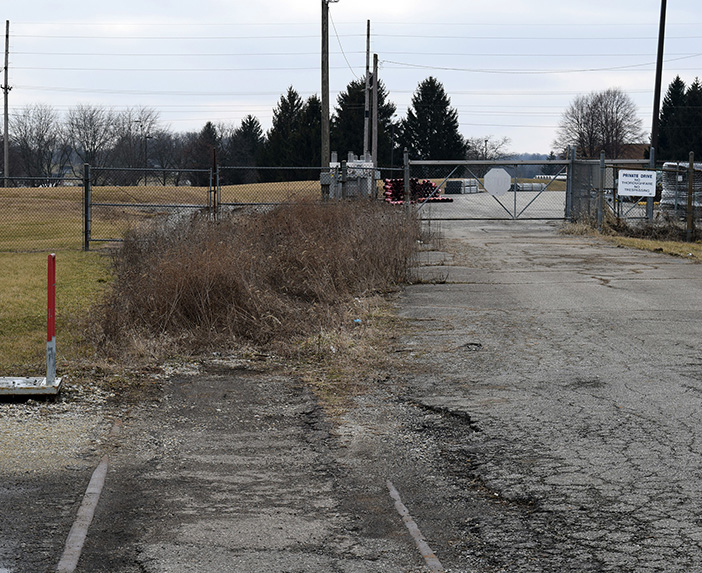
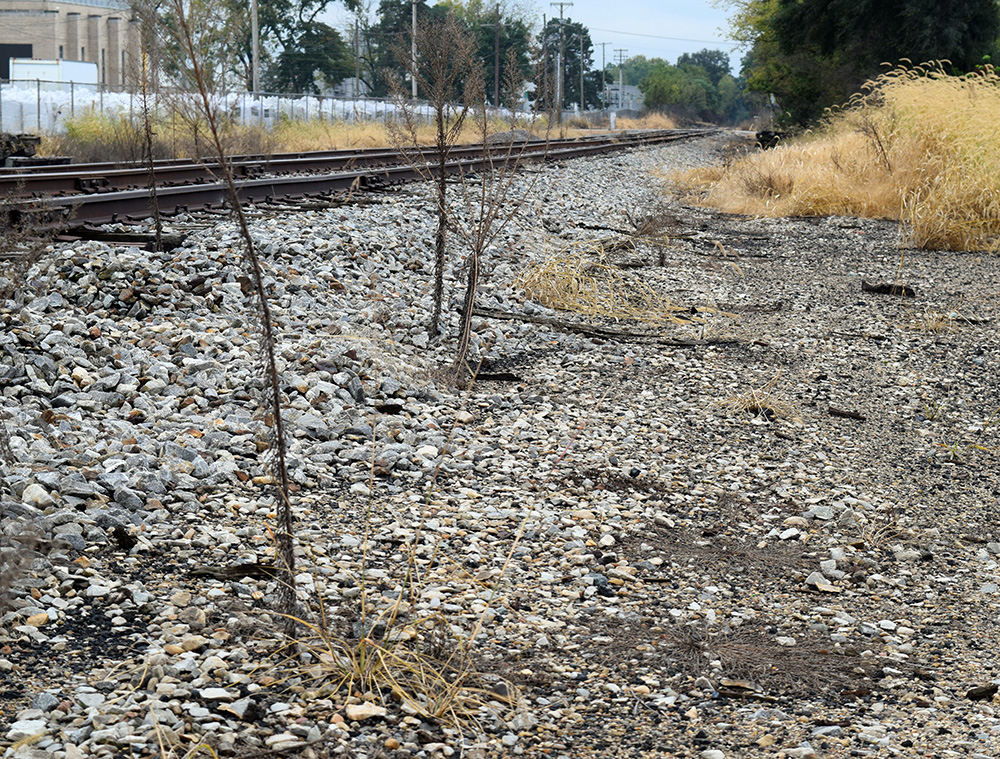
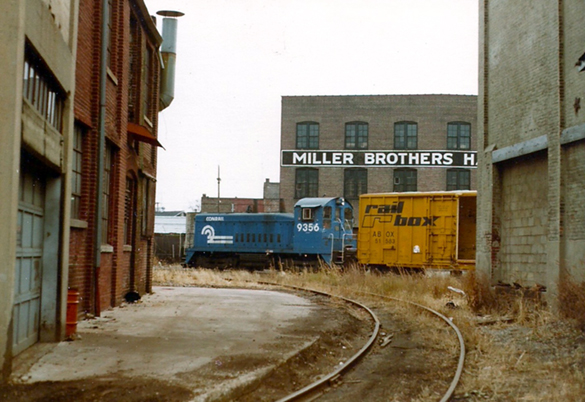
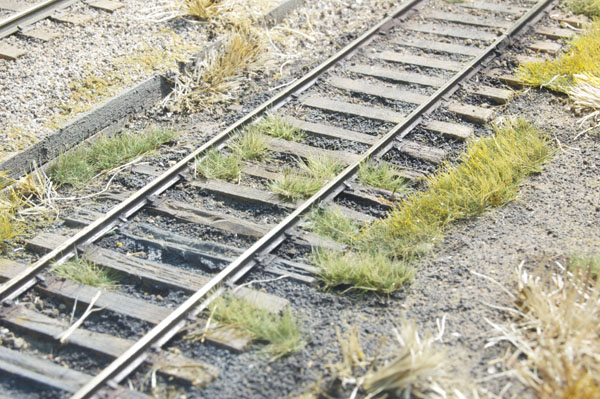
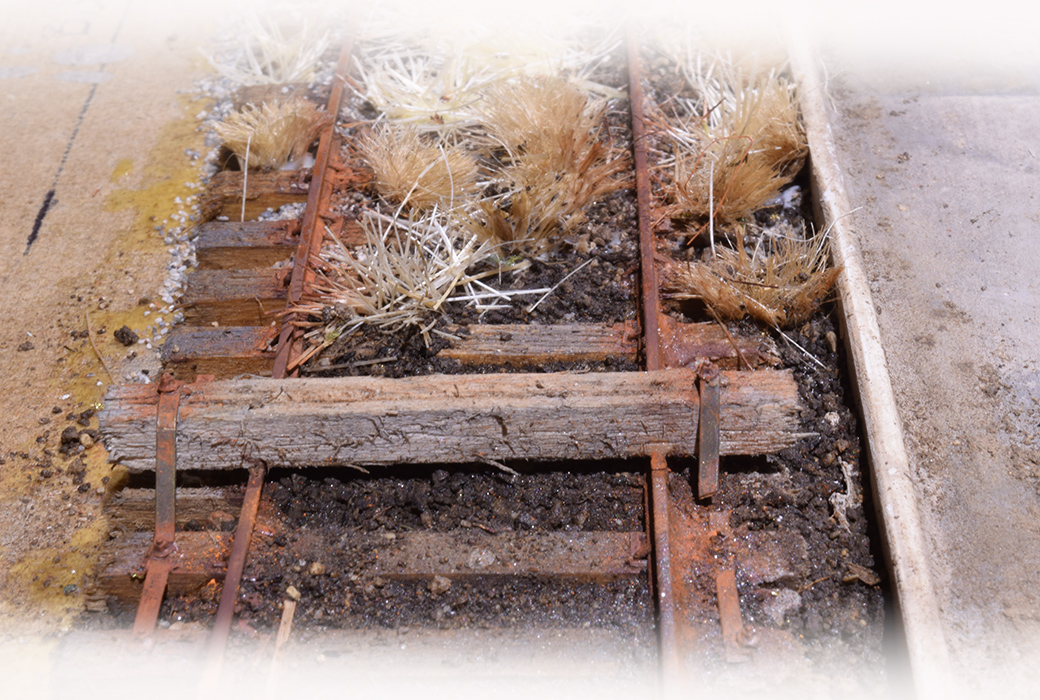
Mike,
I’d call your examples spurs, not sidings. Sidings are generally double ended while spurs are stub ended. But not all of the time. Another way to think about it is sidings are on the taxable ROW for the railroad, while spurs generally aren’t on the railroad ROW.
To make things even more confusing, some spurs are railroad owned and maintained ( they own the track), while others are privately owned but railroad maintained, or privately owned and privately maintained.
Okay, so what does that have to do with modeling?
Well. A cheap way for a railroad taxed siding or spur to go into a different property tax category ( I don’t think it becomes untaxed just reduced) is to cut access to the track. A cheap way is to remove the frog, spike the points. Voila now it isn’t technically accessible/taxable at the same rate.
Now contrast this with a privately owned spur. The railroad can keep the connection ( they don’t care), bit often the spur owner will cut the track instead. So what’s the easiest way for them? Remove 2 sections of rail.
Then once it’s out of service you have these old regulations about railroad service. That’s why you’ll see a grade crossing embedded in street but no other evidence. Not only is it costly to remove the street and repair it, it also makes it much more difficult to “technically restore” service.
All of these things go in noticed by the general public but they tell a store about the tracks and the age of when they have been pulled from service.
I’ve contended that words matter, so spur track it is. Thanks Craig.
Siding, in the UK.
What you call a siding, we call a loop….
Words don’t exist in cultural isolation.
Mike,
Even I’m wrong…
I looked up my copy of the GCOR rules. A siding is defined as
“A track connected to the main track and used for meeting or passing trains. Locations of sidings are shown in the timetable.”
Unfortunately my copy of the GCOR doesn’t have a definition of a spur.
Your phots above are still a spur ( and my previous information is still correct) bit now we know why a single ended siding isn’t a spur… Its because it’s located on the time time. Spurs aren’t…
There’s a reason this rule book is 22 pounds of paperwork.
It gets more entertaining when we realize different companies have their own slang or refer to tracks by specific names such as Industry 1. Toss in some made up model railroad jargon and we’re more confused than ever. I’m happy to accept spur as the proper word on this blog for the subject under discussion.
Mike
Mike,
Yes the names of tracks are quite the interesting history of local railroader knowledge.
I recall more than one conversation when I asked or was asked about a track name.
Well, it’s called track “X” because so and so told me it was track “X” back when he hired out 30 years ago. And so the names get passed down generation after generation with little to know clue about the history of why it’s called that.
Or you get names like “Mud Track”, well because the track is muddy anytime it rains…
Then the official names of the tracks are number based and someone new comes along and says “spot a car at track 3456”. “Huh? What?” “That track over there” “Oh you mean track X”…
Oh yes the difference between modelers and railroaders. The one that drives me nuts is a switch. To a modeler this means the whole assembly from point to frog. To a railroader, a switch is just the part that moves the points. A turnout is the point to frog.
Sorry for derailing your post.
Craig
Ps. Sorry for the typos on the other posts. Autocorrect on a phone.
“Sorry for derailing your post.”
Not to worry Craig, you gave good info that I wasn’t aware of. -Mike